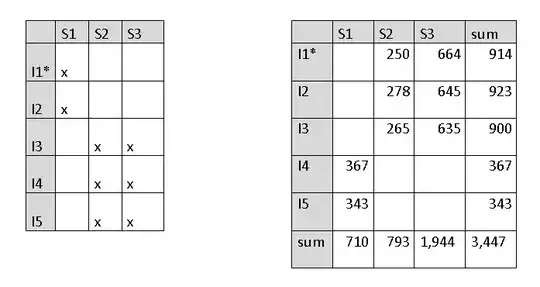I'm looking at time-series data of the GDP of the economy. I'm comparing the difference in the percent change of the GDP over the past 1 months, with the past 2 months — doing this over the course of 10 years, once for each month in the 10 years. I'm going to calculate the z-score of this difference. I want to convert the z-score that I obtain for each month in those 10 years, into a number from -1 to 1. How should I go about doing this?
Here's my thought process:
- I could calculate the z-score of these z-scores. I'm not completely sure how I would be able to use this though, I feel like I'd have the same issue again.
- I can just use the z-score as the value between -1 and 1. Whenever the z-score is >1, I set it =1. Whenever it's <-1, I set it equal to -1.
